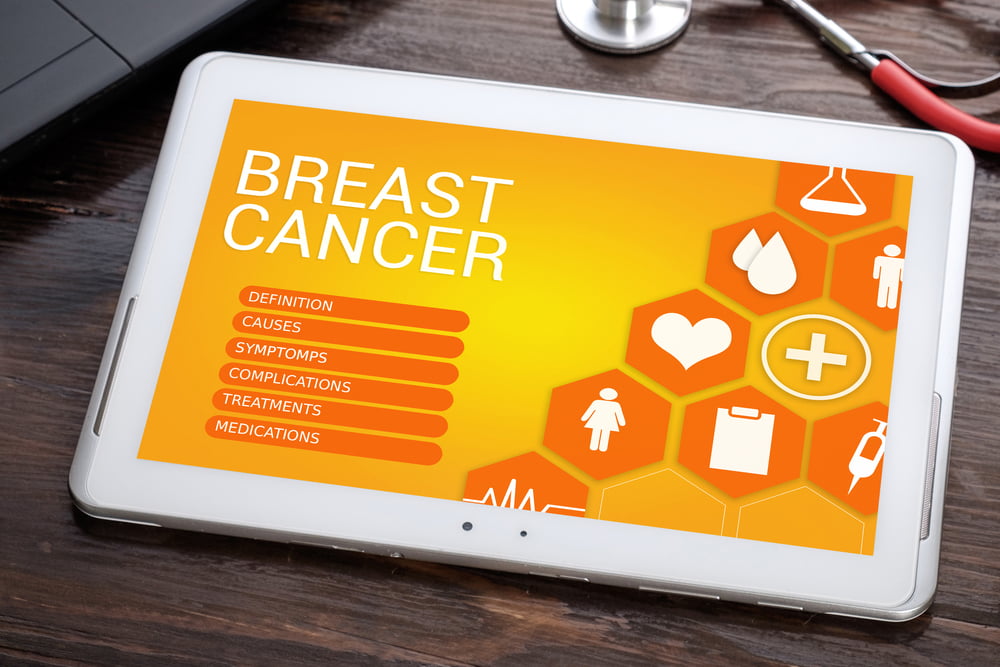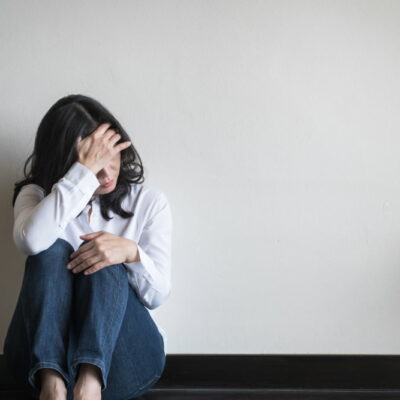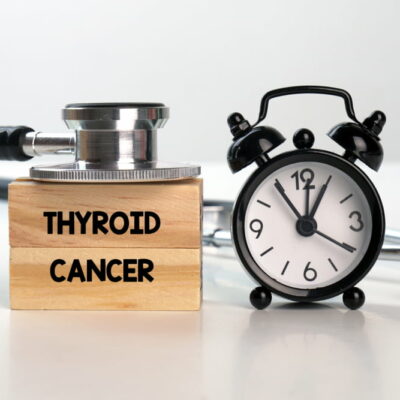
6 Symptoms of Breast Cancer
Breast cancer can develop at any age, but the risk increases with age. Due to this, the risk is higher after menopause. Further, undergoing hormone replacement therapy (HRT) to treat menopause symptoms can also increase the risk. Those who experience menopause after 55 may be more likely to develop hormone-positive cancer, which is caused by prolonged exposure to progesterone and estrogen. So, here are a few breast cancer signs to know if going through menopause:
1. Changes in skin’s texture
People associate breast cancer with a lump. However, the exact symptoms vary depending on the type of cancer, so one may be diagnosed with breast cancer without any visible lumps. Further, breast cancer may trigger inflammation and changes in the skin cells that result in texture changes. So, one may notice the appearance of scaly skin around the areola and nipple as if the skin is extremely dry or sunburned. Skin thickening around the breast is another sign. Usually, these changes trigger itching.
2. Dimpling
This is a symptom of inflammatory breast cancer. Cancer cells result in a buildup of lymph fluid in the breast that causes dimpling, swelling, or pitted skin. This portion of the skin may resemble the surface of an orange, giving it the name “peau d’orange”. This symptom may be accompanied by swelling and redness in the region.
3. Nipple discharge
Another breast cancer sign to avoid ignoring is discharge from the nipple, which can be thick or thin, and its color may range from bloody to green, yellow, or milky. The discharge is usually limited to one nipple but can be observed in both if both breasts are affected. So, if one notices a milky discharge even when not breastfeeding, they should get it examined. While most discharge is benign, it can be a sign of breast cancer at times.
4. Enlarged lymph nodes
Lymph nodes are round, tiny glands that capture and filter harmful substances, such as cancer cells, viruses, and bacteria. Breast cancer cells can travel to lymph nodes in the underarm or on the same side as the affected breast, leading to swelling in the area. Further, one may observe some swelling around the collarbone. The affected region typically feels swollen, firm, lumpy, and tender to the touch.
5. Breast pain
While breast pain is not a prevalent symptom, it may be observed in some tumors. Further, tenderness and pain can be the first signs of inflammatory breast cancer. This type of cancer advances rapidly and causes skin dimpling and redness in the breast. Paget disease, a rare breast cancer type, can also trigger burning sensation and pain as early signs, along with nipple irritation.
6. Changes in nipple and breast size
Breast cancer may also trigger cell changes behind the nipple, leading to a change in nipple size and inversion. Additionally, sudden changes in the size of one of the breasts may be a sign of breast cancer.
If one believes that they are at risk of developing breast cancer or are experiencing any of the abovementioned signs, they should consult a doctor and get examined.


